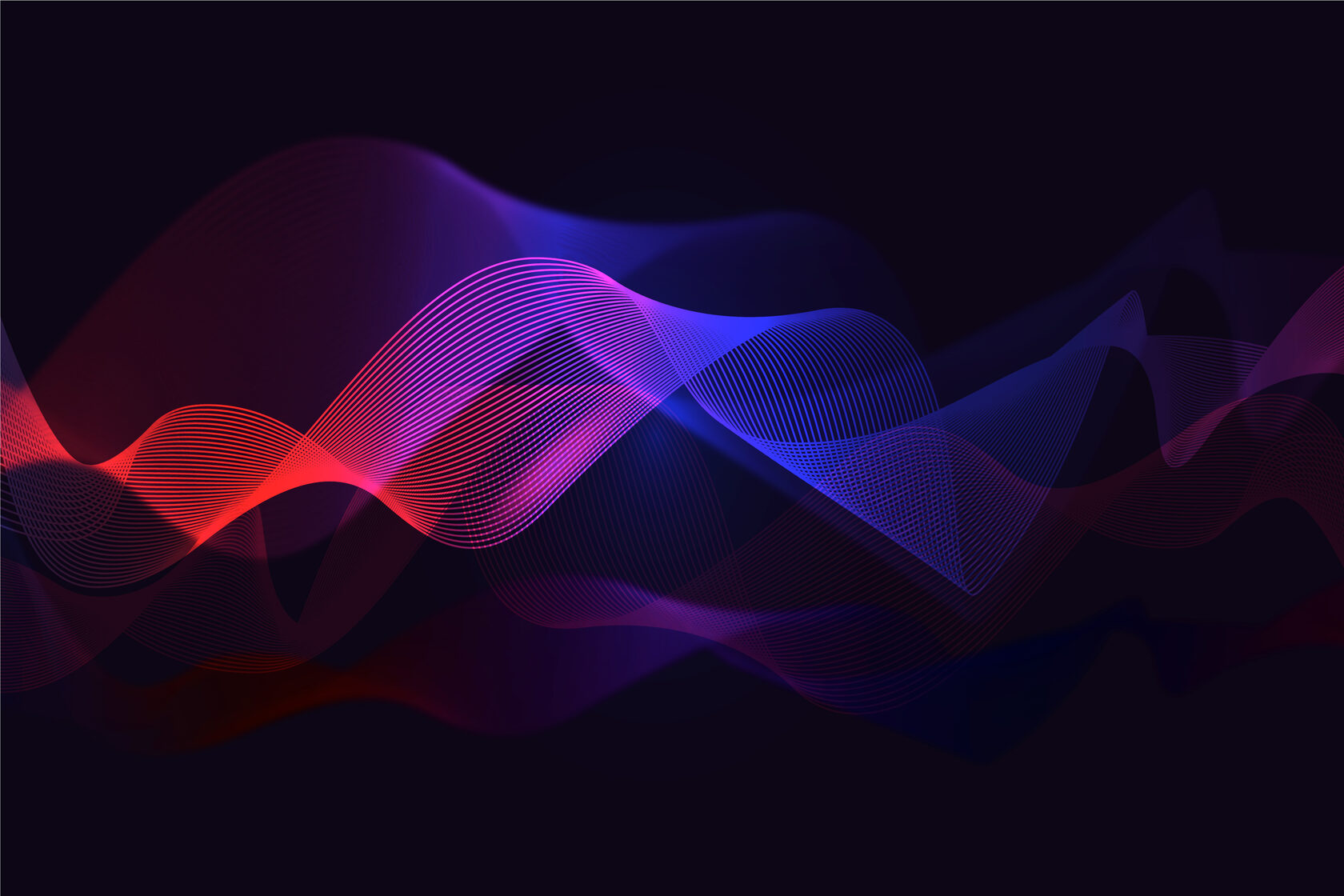Red light therapy (RLT) has gained significant attention for its potential in skin rejuvenation, recovery, and wellness. While some claims are well-supported by science, others are still being explored. This article breaks down what we know so far and how it fits into a holistic recovery approach, summarising insights from a Stanford Medicine article on the topic.
---
What Is Red Light Therapy?
Red light therapy works through photobiomodulation, where specific wavelengths of light interact with cells to promote healing, reduce inflammation, and stimulate biological changes. Originally used in dermatology for treating early-stage skin cancers, it is now widely applied for skin rejuvenation, hair regrowth, and tissue repair.
The effectiveness of RLT depends on:
Wavelength: Different wavelengths penetrate at varying depths, influencing cellular responses.
Duration & Intensity: Clinical treatments provide more controlled and consistent results compared to at-home devices.
---
What Are the Science-Backed Benefits?
✅ Well-Supported Uses
1. Hair Growth: Studies confirm that red light enhances blood circulation in hair follicles, promoting regrowth. Like topical treatments (e.g., minoxidil), consistent use is required to maintain results.
2. Skin Rejuvenation: Red light therapy has been shown to boost collagen production, leading to smoother, firmer skin and reduced fine lines.
3. Inflammation & Tissue Healing: Some studies indicate it can accelerate wound healing and tissue repair, making it a promising tool for post-treatment recovery.
---
Emerging and Potential Applications
While more research is needed in some areas, red light therapy is being explored for several wellness benefits, showing promising early results:
1. Muscle Recovery & Athletic Performance: Some studies suggest red light therapy may aid muscle recovery by supporting blood flow and reducing inflammation. More research is needed to determine the optimal settings and treatment plans.
2. Sleep & Relaxation: There is growing interest in how red light influences sleep cycles and relaxation. While not yet a mainstream treatment, early studies suggest it may help regulate circadian rhythms and improve restfulness.
3. Cognitive Function & Pain Management: Research is ongoing into potential benefits for chronic pain, cognitive function, and neurological health. While conclusive data is still developing, the low-risk nature of red light therapy makes it a compelling area for further study.
---
Should You Try It?
For skin health, circulation, and recovery, red light therapy offers a scientifically-backed, non-invasive solution with minimal risk. While clinical settings offer more precise results, high-quality wellness centers provide structured and effective treatments that integrate red light therapy into holistic recovery programs.
At Hillswood Recovery Pod, we incorporate advanced recovery technologies, including red light therapy, to support skin rejuvenation, circulation, and overall well-being. Whether you're looking to enhance healing, improve skin quality, or explore wellness-driven therapies, visit us to experience the potential benefits firsthand.
This article is summarized from Stanford Medicine’s Scope Blog: "What’s the deal with red light therapy?"
#RedLightTherapy #SkinHealth #Photobiomodulation #Wellness #HillswoodRecoveryPod #AntiAging #CollagenBoost #HairRegrowth #HealingScience
---
What Is Red Light Therapy?
Red light therapy works through photobiomodulation, where specific wavelengths of light interact with cells to promote healing, reduce inflammation, and stimulate biological changes. Originally used in dermatology for treating early-stage skin cancers, it is now widely applied for skin rejuvenation, hair regrowth, and tissue repair.
The effectiveness of RLT depends on:
Wavelength: Different wavelengths penetrate at varying depths, influencing cellular responses.
Duration & Intensity: Clinical treatments provide more controlled and consistent results compared to at-home devices.
---
What Are the Science-Backed Benefits?
✅ Well-Supported Uses
1. Hair Growth: Studies confirm that red light enhances blood circulation in hair follicles, promoting regrowth. Like topical treatments (e.g., minoxidil), consistent use is required to maintain results.
2. Skin Rejuvenation: Red light therapy has been shown to boost collagen production, leading to smoother, firmer skin and reduced fine lines.
3. Inflammation & Tissue Healing: Some studies indicate it can accelerate wound healing and tissue repair, making it a promising tool for post-treatment recovery.
---
Emerging and Potential Applications
While more research is needed in some areas, red light therapy is being explored for several wellness benefits, showing promising early results:
1. Muscle Recovery & Athletic Performance: Some studies suggest red light therapy may aid muscle recovery by supporting blood flow and reducing inflammation. More research is needed to determine the optimal settings and treatment plans.
2. Sleep & Relaxation: There is growing interest in how red light influences sleep cycles and relaxation. While not yet a mainstream treatment, early studies suggest it may help regulate circadian rhythms and improve restfulness.
3. Cognitive Function & Pain Management: Research is ongoing into potential benefits for chronic pain, cognitive function, and neurological health. While conclusive data is still developing, the low-risk nature of red light therapy makes it a compelling area for further study.
---
Should You Try It?
For skin health, circulation, and recovery, red light therapy offers a scientifically-backed, non-invasive solution with minimal risk. While clinical settings offer more precise results, high-quality wellness centers provide structured and effective treatments that integrate red light therapy into holistic recovery programs.
At Hillswood Recovery Pod, we incorporate advanced recovery technologies, including red light therapy, to support skin rejuvenation, circulation, and overall well-being. Whether you're looking to enhance healing, improve skin quality, or explore wellness-driven therapies, visit us to experience the potential benefits firsthand.
This article is summarized from Stanford Medicine’s Scope Blog: "What’s the deal with red light therapy?"
#RedLightTherapy #SkinHealth #Photobiomodulation #Wellness #HillswoodRecoveryPod #AntiAging #CollagenBoost #HairRegrowth #HealingScience

